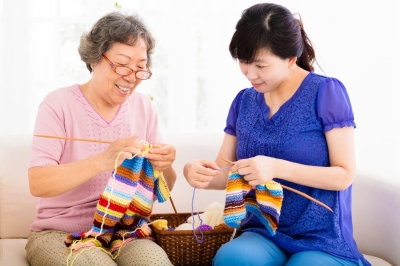MOSCOW — Greater Europe is at a crossroads. Twenty years after the fall of the Iron Curtain, it remains divided, unable to unify into a global force. Each of the three parts of Greater Europe — Russia, the European Union and the countries between them — is in crisis. The causes and forms of these crises differ, but the consequences are almost identical.
Russia has reached the limit of growth derived from its postcommunist reconstruction. Today, it has strengthened its state institutions, overcome economic decline, and regained status as a major actor in world politics.
Yet Russia's future is questionable. Soviet resources, in terms both of infrastructure and ideology, are exhausted. The country's economy remains unable to make optimal use of relatively high energy-export revenues. Russian society and its leaders have no clear vision of the future, and the country's demographic decline offers little hope of a rapid and sustainable turnaround. This suggests that Russia, unable to compete with the world's fast-developing countries, will have to direct its efforts toward protecting its waning assets.

















With your current subscription plan you can comment on stories. However, before writing your first comment, please create a display name in the Profile section of your subscriber account page.